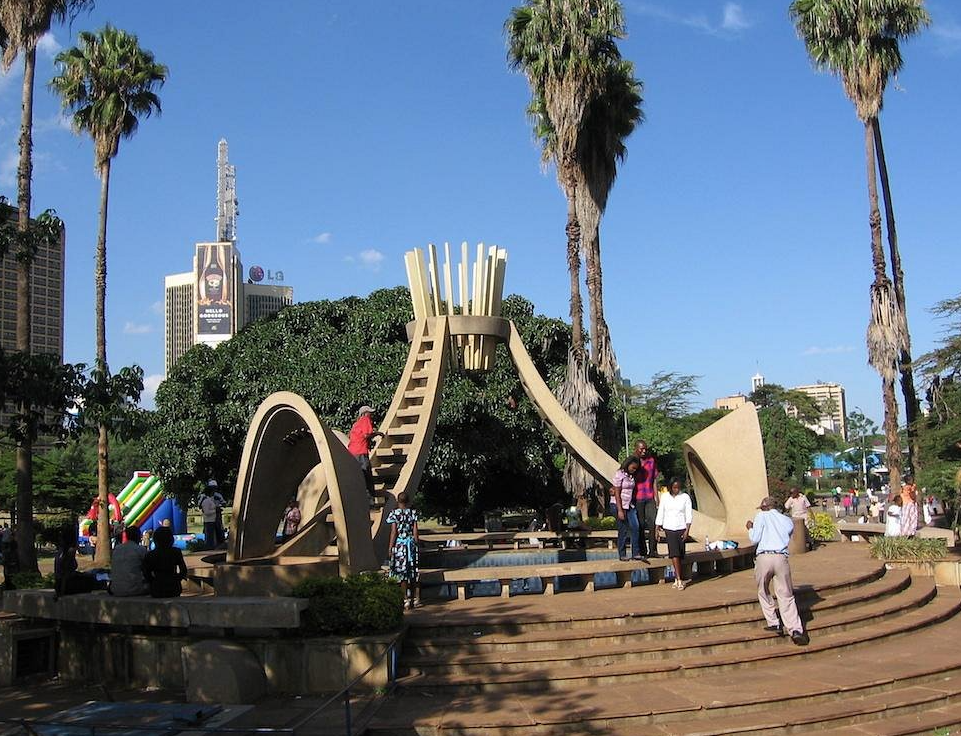The government has unveiled controversial plans to relocate the iconic Kenya National Archives from its prime location in the Nairobi Central Business District (CBD) to what it describes as a safer and quieter location.
Officials argue the move is necessary due to recent youth protests that threatened the historic building. But for many Kenyans, the decision reeks of cultural erasure and raises questions about the state’s commitment to safeguarding heritage.
At stake is not just a building, but a powerful symbol of Kenya’s history and identity.

Why Would the Government Want to Move the National Archives?
Gender and Culture Principal Secretary Ummi Bashir announced the planned relocation on Thursday, August 21, citing security risks as the main driver. According to her, recent street demonstrations had placed the building in jeopardy, with protesters allegedly attempting to torch it.
“We would like to see how we can safeguard our assets in this building and how we can take it to an environment where researchers can produce content and be comfortable,” Bashir explained.
The government insists that shifting the National Archives will give researchers a more secure and accessible environment, away from the constant bustle of Nairobi’s city centre.
But the justification is raising eyebrows. For decades, the National Archives has stood as a cultural and architectural landmark, symbolising the country’s journey from colonialism to independence. Its location at the heart of the city, between Tom Mboya Street and Moi Avenue, has made it not only a custodian of history but also a civic symbol—a place where Kenyans meet, protest, and remember.
A Historic Building Under Threat
The National Archives is not just another government facility. Its walls hold Kenya’s collective memory. Originally built in 1930 to house the National and Grindlays Bank, the structure was later converted into the Kenya National Archives after independence, under an Act of Parliament.
Inside, the building holds over 40,000 historical photographs, parliamentary records, artefacts, and priceless cultural collections. Its displays include African basketry, pottery, weaponry, beadwork, textiles, and sculptures. Visitors encounter a living museum of Kenya’s soul, a tangible connection to the struggles, triumphs, and traditions of generations past.
The importance of the institution was further reinforced when the United Kingdom returned more than 300,000 digitised files once hidden in British archives. These records shed light on the colonial era, detailing stories that had been buried for decades.
Relocating the National Archives to an unspecified “quieter” place threatens to strip it of its symbolic accessibility. Placing it away from the bustling heart of Nairobi risks turning it into an exclusive institution—accessible only to those who can travel out of town.
A Move That Raises More Questions than Answers
The announcement has triggered unease among Nairobi residents and cultural preservationists, who argue that security concerns should not be used as a smokescreen for relocating a heritage site. Critics question why the government has not considered strengthening security instead of uprooting an institution woven into the daily fabric of the city.
For years, Kenyans have used the space around the National Archives as a landmark, a meeting point, and a social hub. To remove it would be to erase a part of the city’s identity.
Heritage experts further caution that relocation could expose valuable artefacts and documents to risks of mishandling, loss, or deterioration during the transition. Without clear guarantees of preservation, the government’s move could end up causing irreversible damage to Kenya’s cultural treasures.
At its core, the battle over the National Archives is about much more than safety—it is about who controls history, where it is housed, and who gets to access it. Nairobians see this building not just as a research facility but as a living memory bank that should remain at the centre of the nation’s capital.






































